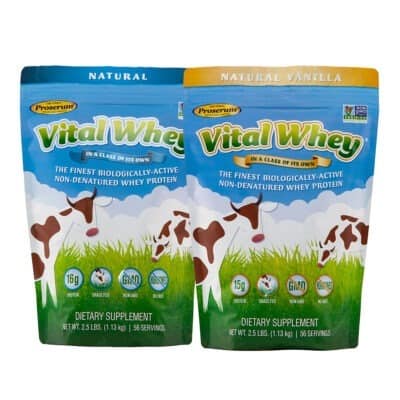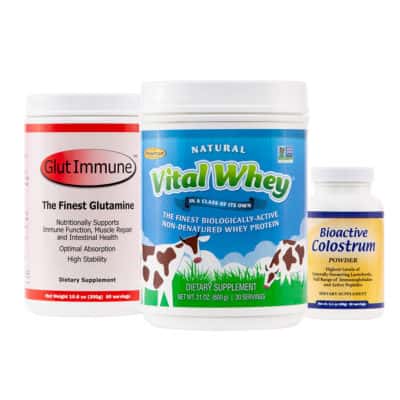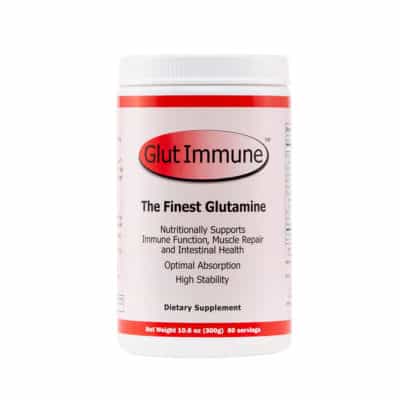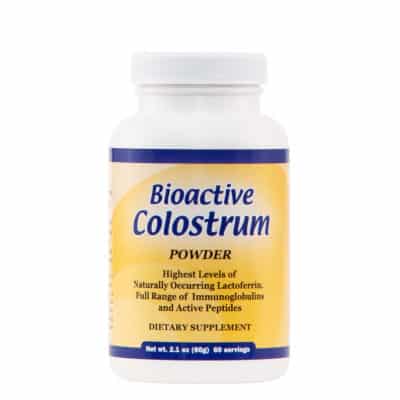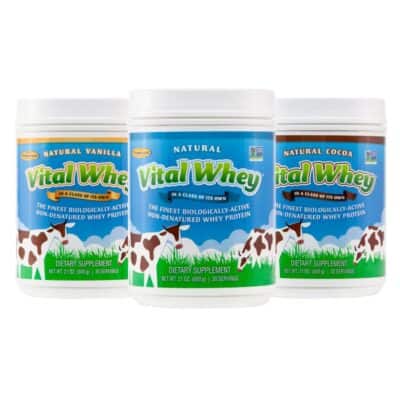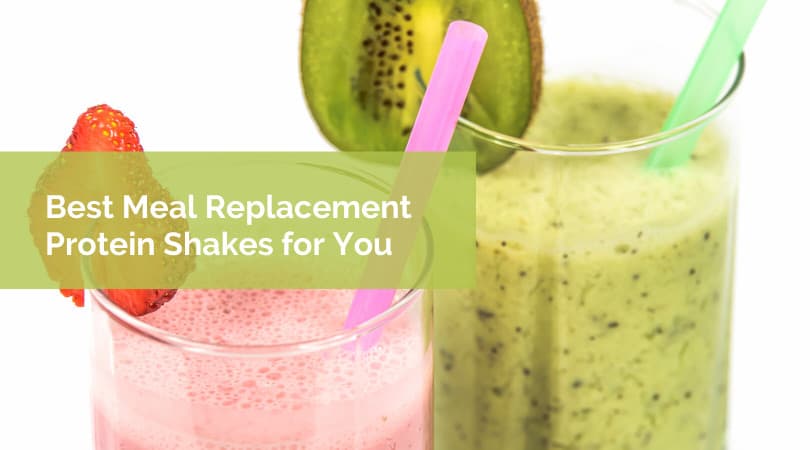
Many of us are on the go, but still looking for healthy meals. A meal replacement protein shake might seem like a quick and easy option for a busy day. But, you don’t want to select just any protein shake on the shelf. How do you choose the best meal replacement protein shakes to match your own personal preferences and goals?
Are Protein Shakes Good for Meal Replacement?
In order for a protein shake to be used as a meal replacement, it must provide the calories and nutrients contained in an entire healthy meal. Products designed to replace meals generally have between 200-400 calories per serving. They will also contain carbohydrates, fats and protein. They should provide fiber and a variety of vitamins and minerals.
Meal replacement protein shakes available on the market can vary greatly in terms of their nutritional composition, so you need to closely evaluate the label to make sure it meets your individual needs.
The optimal choice would be to always make your own meal replacement shake so you can control the ingredients and nutrient content. But there are also easier options that come pre-mixed in a can or bottle. These are the easiest way to get a quick and healthy meal on the go.
It is important to note that not all protein shakes or protein powders are classified as a meal replacement shake. If a protein powder product does not contain enough carbohydrates or fat, it cannot replace a meal on its own without other added ingredients. However, it can be used as a base to create your own meal replacement shake.
Meal Replacements for Weight Loss
One benefit of meal replacement protein shakes is that they may help you lose weight. If you drink a shake instead of eating a higher calorie meal, it will effortlessly act to control your calorie intake. Drinking meal replacement protein shakes instead of food requires little thought. This is what makes meal replacement shake diets appealing to many people.
A 2012 study evaluated the use of a meal replacement shake diet on weight loss in 155 obese subjects. The subjects replaced breakfast and lunch with a meal replacement protein shake for 12 weeks. Subjects lost an average of 10-18 pounds during the study period. Subjects stated they felt full and satisfied after drinking the shake. They also reported improvements in general health, physical functioning and mental health during the study period.
A meal replacement shake diet might be more nutrient-dense than many people’s average diet, since the shakes are frequently fortified with vitamins and minerals. Many shakes are full of fiber, potassium, protein and calcium, all nutrients that are lacking in the average diet.
Downsides of Meal Replacement Shakes
Before you go purchase a ton of meal replacement protein shakes thinking they are the best thing for your health, there are a few things consider.
First, living on a liquid diet is unsustainable in the long term. Although shakes might be fortified with vitamins and minerals, they will never replace real food. A sustainable healthy diet involves eating a variety of foods, not just relying on packaged meal replacements. A diet that will result in maintaining a healthy weight involves committing to long-term lifestyle changes, not short-term solutions.
Second, many shakes marketed as meal replacements contain undesirable ingredients such as corn syrup, sugar, vegetable oils and preservatives. When choosing a high quality meal replacement protein shake, here is what to look for:
- Less than 10 grams of sugar per serving
- At least 15 grams of protein per serving
- 3-5 grams of fiber per serving
- No sugar or corn syrup
- No vegetable oils
- At least 33% of your daily value for vitamins and minerals
However, the best way to make sure you are getting the best meal replacement protein shake possible is to make your own.
Meal Replacement Protein Shake Recipes
To make your own meal replacement shake, start with a high quality protein powder as a base. Add your liquid of choice, a source of carbohydrates like fruit, and a healthy fat. Below are a few examples:
Our Heart Healthy Green Smoothie starts with our whey protein, then balances the shake with kiwi (a carbohydrate) and avocado (a healthy fat). This shake is also loaded with vitamins and electrolytes from the kale and coconut water.
Or you can try our Get up and Go shake, which is also a great source of healthy fats and protein. This recipe is lacking a bit in the carbohydrate department to be a full meal, but you can always throw in a banana or some pineapple to balance it out.
When creating your own meal replacement shake recipes, just be a bit cautious with the number of ingredients you add. Although it should be a bit higher in calories than a traditional protein shake, you don’t want to load it up with fruit or high calorie ingredients, otherwise you could end up with a 1000 calorie drink! Instead, pick one protein, one fat and one fruit choice to keep the calories controlled while enjoying your meal replacement protein shake.
- Persistent Tiredness and Chronic Fatigue: Causes and Symptoms - February 27, 2024
- Can A Protein Shake Replace A Breakfast Meal? - March 2, 2023
- Glutamine After Surgery: Does It Help With Recovery? - February 17, 2023

